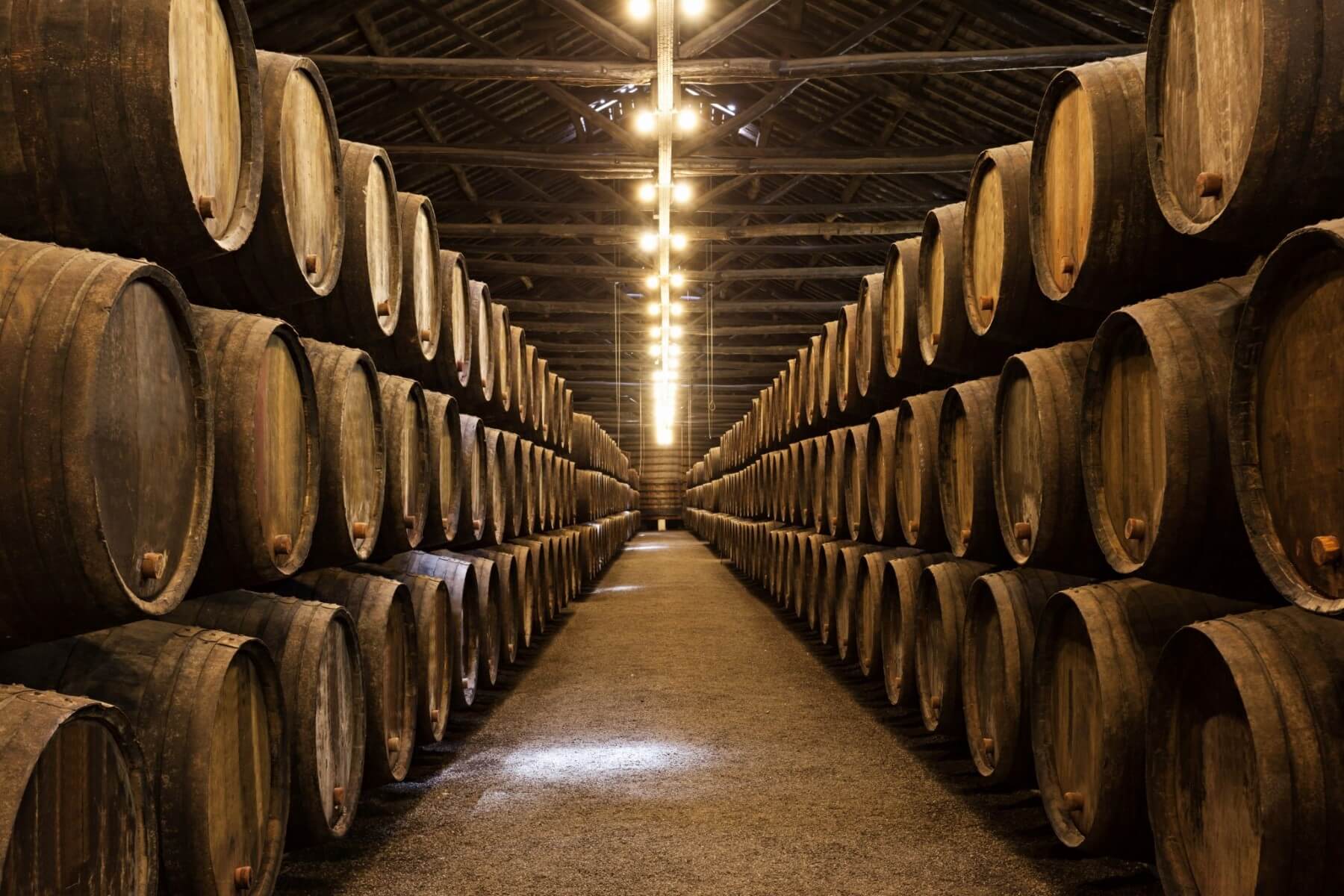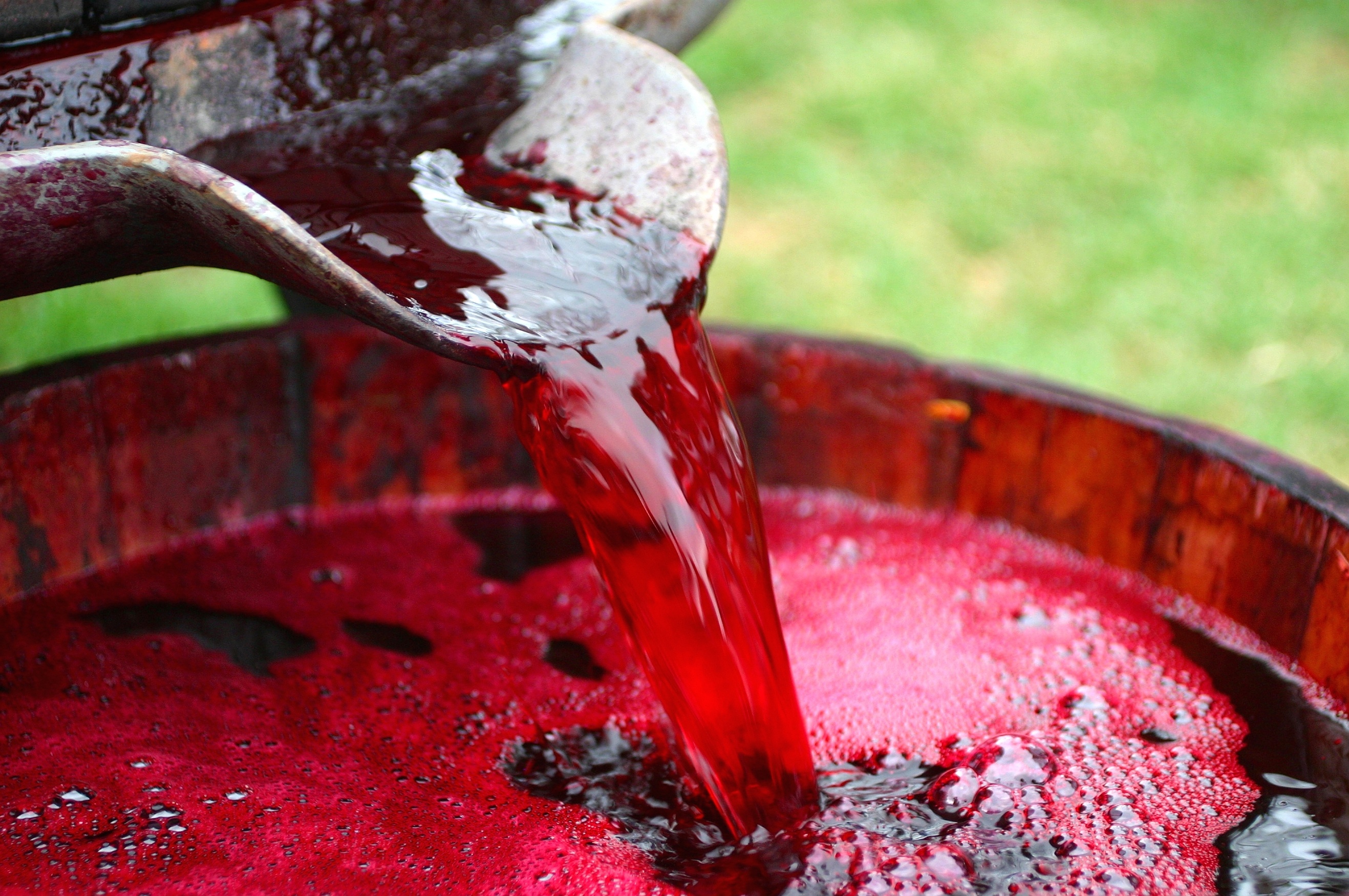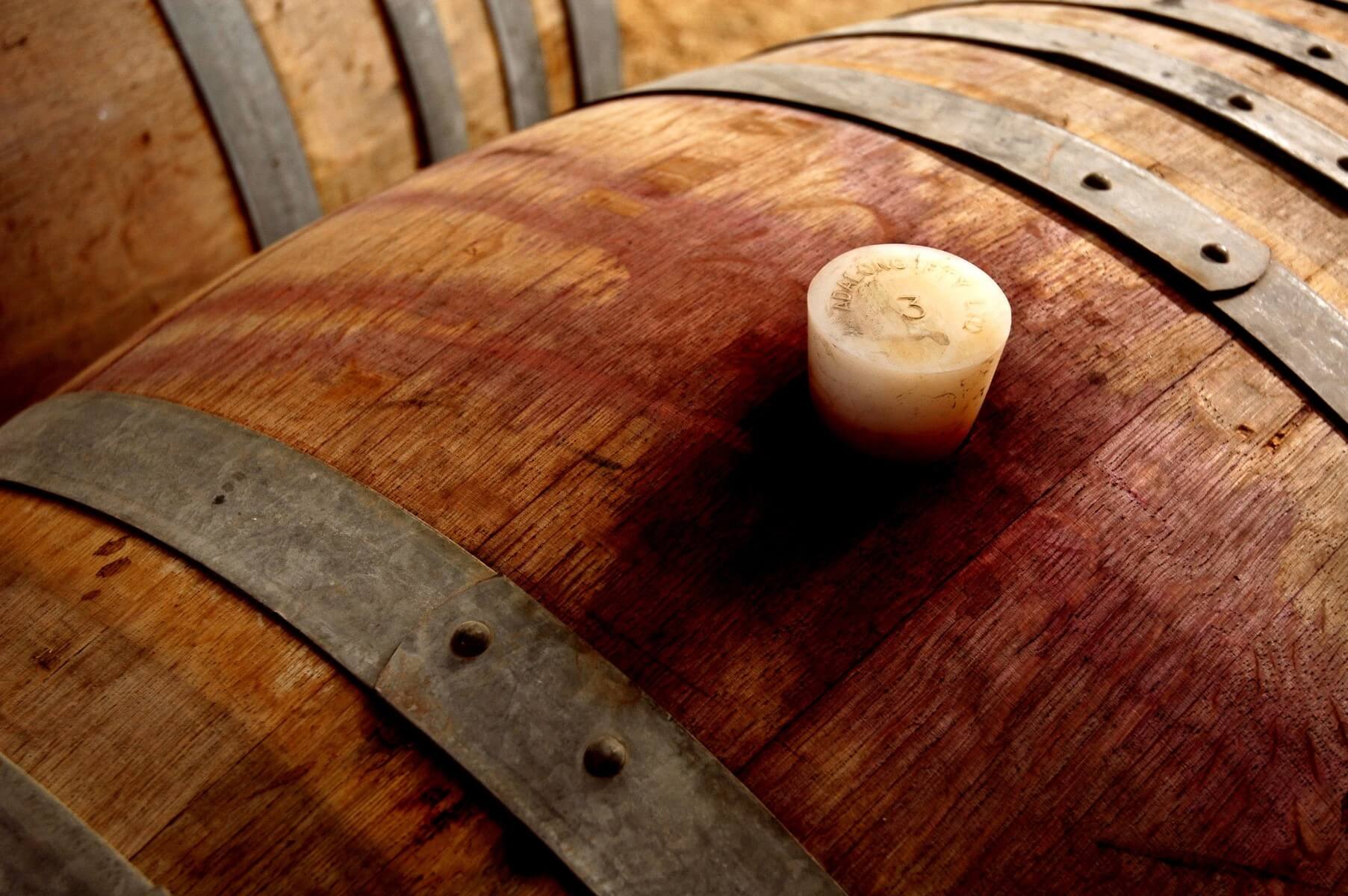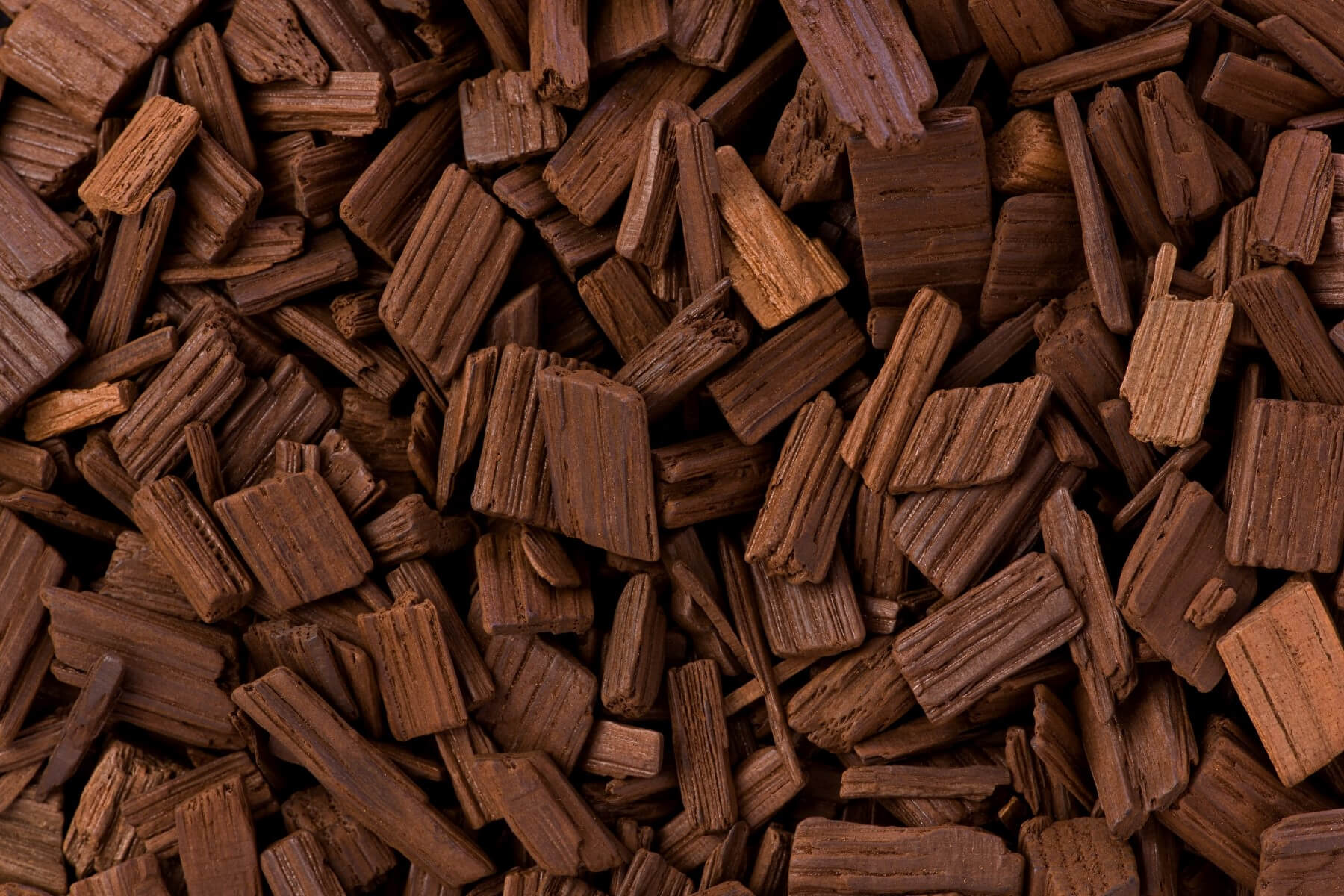

A Brief Introduction To All Things Oak Aging
If you take a glance through a list of the world’s fifty most expensive wines, you’ll notice one thing they all have in common. While the grape varietals vary from bottle to bottle, and the regions, names and vintages are mostly different, you’ll quickly discover that despite this, they are all oaked wines.
That is, they’ve been through the process known as oak ageing - wherein the wines are kept in barrels made from the wood of oak trees for extended periods.
Oak barrels are not merely a way to make a wine cellar look cool (although their hulking shapes and rounded tops, laid out in long rows underground certainly do look very cool indeed), they’re a fundamental part of the maturation process, imparting very specific sets of flavours and characteristics to some seriously fine wines.

Oak ageing is an art which has been born of generations of experimentation and innovation. Nobody quite knows how long winemakers have been storing their produce in oaken barrels, and because wood perishes and degrades in time, very little archaeological evidence of the practice has been discovered.
However, we know from writers and historical records that it was certainly carried out in the early Roman Empire - so that’s more than two thousand years of using a very specific type of wood to change and improve the qualities of wine!
Why do wineries age wine in oak barrels?
Like all wood, oak contains plenty of chemicals which hold specific aromas, as well as lots of natural tannins. Given time, some of these characteristics soak into the wine which is stored in the barrels, and as the ageing process takes place and the wines round themselves out and soften, the flavours and aromas of the wood begin to blend with those of the wine.
This adds body and complexity, too, and it’s no surprise that this practice has continued throughout the ages - there’s something a little magical and alchemical about the transformations which take place inside the barrel.

Oak ageing works because the wood of the oak tree is slightly porous. It allows for very small amounts of oxidation and evaporation, but in quantities small enough to not negatively affect the wine, merely to allow the tannins to begin to break down and the acids soften in the barrel.
Most oak barrels are pretty huge (although many wineries do use the smaller oak barriques), and a typical 225 litre barrel will lose somewhere between 20 and 25 litres per year of ageing through evaporation. Flavours become concentrated as the water slowly escapes, and aromas develop in the darkness, bringing forward all those features of fine aged wine which we know and love.
Oak on either side of the Atlantic
We can split oak into roughly two categories. In Europe, the most traditional form of oak is French oak, which is used in many of the finest wineries on earth. We also have Hungarian Oak (sometimes known as Eastern European Oak), an identical species to French Oak, but considerably cheaper and holding slightly different characteristics due to the climatic conditions the trees grow in.
On the other side of the Atlantic, there is American Oak, or White Oak, which actually is a different species. This is used in many New World wines (as well as plenty of European wines, interestingly enough) and most famously in the whiskey industry, where it is a key component of Bourbon production.

French Oak is prized for its close grain, and very subtle sets of flavours. Typical flavours of French Oaked wines include vanilla, cloves, caramel and smoke - all tasting notes we associated with the best in Old World produce. With many wineries paying upwards of $4000 per barrel, and each tree capable of producing only two or three barrels, it’s a hugely expensive commodity which is becoming less common in the 21st century.
The classic grape varietals to be aged in French Oak are Pinot Noir and Chardonnay, supposedly because wines made from these grapes soak up the flavours of the barrel more effectively than others.
American Oak, on the other hand, is more heavily flavoured than its French counterpart. It is used to add a bit of roughness and ruggedness to the highly fruity US wines, bringing in a bit of complexity where it is needed. Coconut, dill and vanilla are the most common flavours it seems to bring to the bottle, although this does depend on how the wood is treated, where it is grown and which wines are being produced.
Oak Ageing for the Future
Over the past decade or so, winemakers have been looking into alternatives to oak, in an effort to improve the sustainability of the wine industry. Wine consumers are more discerning on this subject than ever before - just look at the rocketing number of organic and biodynamic wineries out there.
We cannot escape the fact that the use of oak barrels is not a sustainable system; these trees take an age to grow, and with only two or three barrels per tree, each holding an average of fifty cases of wine, alternatives do need to be explored.
More and more wineries are now using oak chips, staves and cubes as a solution - these add the flavour compounds and aromas, while being far more environmentally friendly and affordable. Oaking will undoubtedly continue in one form or another, it simply needs to change with the times and evolve, in order to maintain these unique characteristics for future generations.

Allow us to guide you into wines that truly match your personal tastes. Are you ready to get started? Take our quiz below to find out your top 3 wine types!
Next up: Take our Wine Palate Quiz and match your personal tastes to your top three wine types
Do you know your wine personality? If your answer is no, take our quiz to find out which wines to pick up next and build your box!
Build my box





